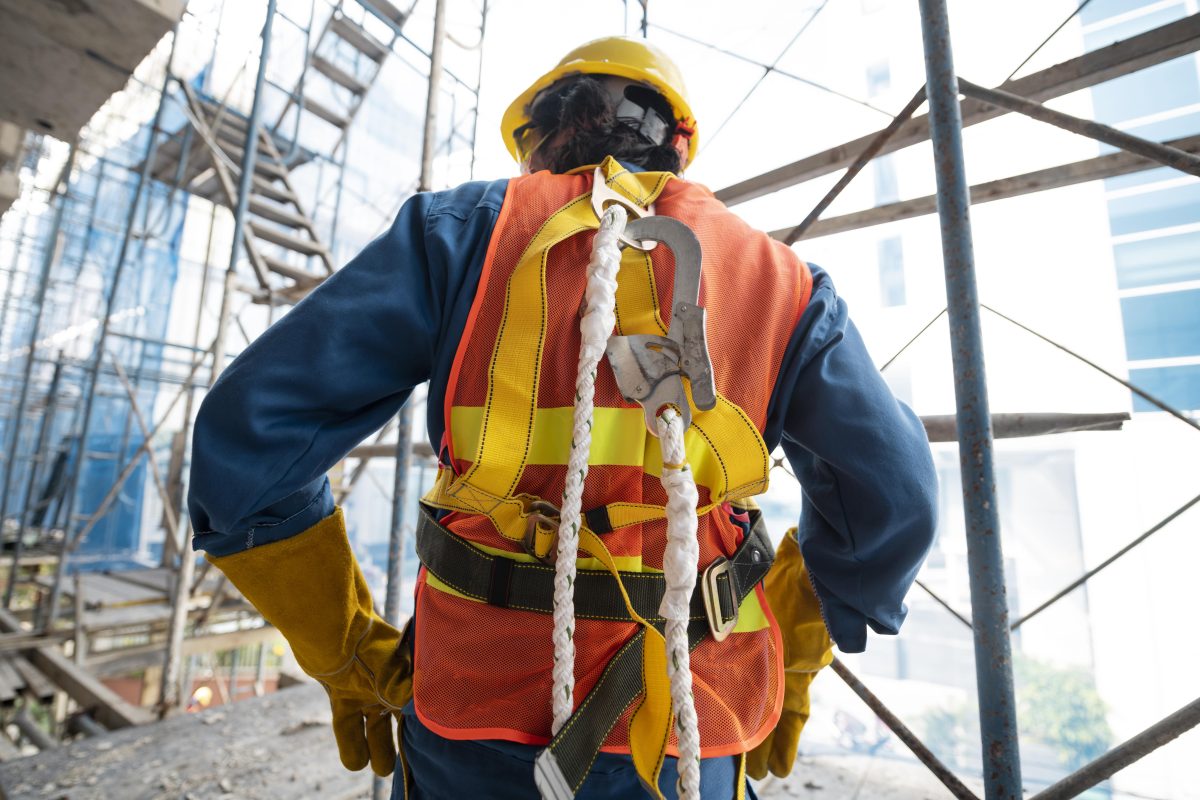When working at height, or managing a team that works at heights. It’s important that you are doing everything in your power to keep them safe. This includes making sure that they do not fall, which we know can be tough. However, there are ways and means that this can be done. As long as you can prove that you took every reasonable measure possible to avoid any accidents happening, that’s the main thing.
Let’s take a look at some of the things that you need to know about fall protection whether you are a safety officer. Or a worker who works at heights, or a business owner.
What Is Fall Protection?
Fall protection are the precautions, practices, procedures. Anything else that you put in place to ensure that people do not fall while they are working. It is more commonly practiced in industries where the workers are expected to work from a great height such as in the construction industry or for lumberjacks. Working at heights can be very dangerous, which is why all kinds of measures need to be taken. To ensure that people are not at such high risks.
Under the Work at Height Regulations, it is the moral and legal duty of the employer. Those who are in control of the project to do everything reasonable to prevent anyone from falling. It is essential that this is taken seriously, and implemented properly.
Best Practices For Working At Heights
When working from heights, there are of course things that you should and should not be doing. Let’s take a look at some of the best practices for working at heights, and why they are essential.
Planning And Risk Assessment
One of the most important elements of working at heights is that it is properly planned out and that a risk assessment is conducted before work begins. Having said that, it’s also important that the workers themselves are carrying out their own risk assessment every time they get up somewhere high. We say that because as workers in this industry. They know what is safe and what is not. If they do have any questions then they can ask about the risk assessment that was carried out.
Careful planning is the key to success and safety here, and there is no such thing as being too careful when it comes to something like this.
Training And Certification For Employees
It’s also a great idea to send your employees to get proper training and certifications in working at heights. These teach them all about how to remain safe when they are up high. What they should not be doing, what they should be doing to mitigate their own risk of falling, and what to look out for. This not only makes sure they are keeping themselves safe, but it also means that if they spot an issue or a potential safety hazard. They can get that reported as soon as possible.
Monitoring And Supervision
There should always be someone qualified to watch over the team while they are working at height. This person needs to be constantly monitoring and supervising the situation. Ensuring that the site is safe, and that the workers are behaving in a safe and responsible manner. If they are not, then something needs to be done to get that sorted.
Essential Fall Protection Equipment
Of course, one of the things that you can do to ensure safety is purchase some special fall protection equipment. This makes it far less likely that your employees are going to fall, keeping everyone safe. Some of the main pieces that you should look into purchases are ropes, harnesses, safety lines, specialist ladders, and fall arresters. All of these things are essential, with harnesses being one of the most common pieces of equipment used.
Where possible, we also strongly recommend having guard rails on the building where you have people working. We do understand that this is not always possible due to the building itself, or sometimes they are not working anywhere that has anywhere stable for one. If it is possible, make it happen.
Procedural Tips For Ensuring Safety
There are special working conditions and practices that those working at heights need to adhere to. We strongly recommend looking at the regulating bodies rules and ensure that you are adhering to them. For example, workers must ensure that they are wearing a full body harness. There are regulations stating how far off the ground the equipment must be able to keep them if they do fall.
Contact Rapid Height Safety toady!






